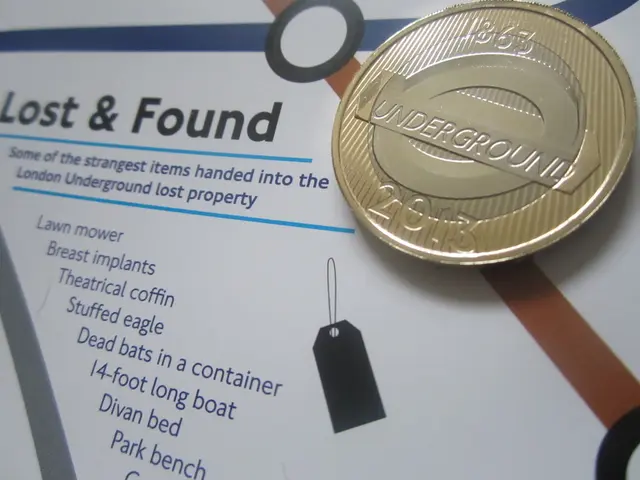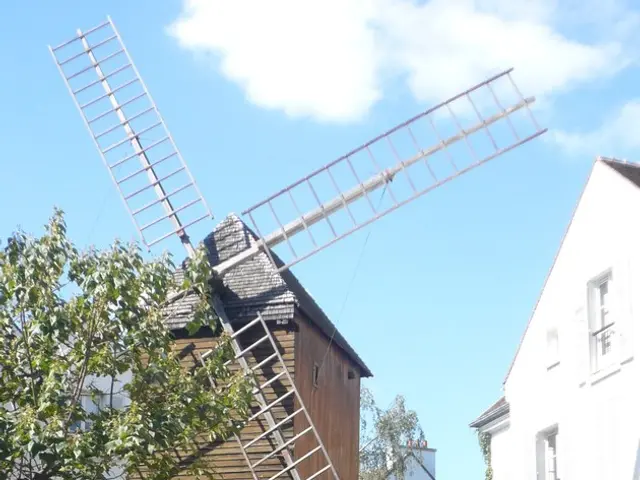India's Infrastructure Boom: PPPs Drive Highway and Railway Modernization
Indian Railways and the National Highways Authority of India (NHAI) have increasingly turned to Public-Private Partnerships (PPP) to modernize infrastructure and improve services. The Hybrid Annuity Model (HAM) has emerged as a preferred model for highway projects, with over 60 projects awarded in the last five years.
NHAI has leveraged PPP models like Build-Operate-Transfer (BOT), HAM, and Toll-Operate-Transfer (TOT) to accelerate highway development. HAM, introduced in 2016, combines government guarantees with private sector risk participation. Notable projects include the Delhi-Dausa-Lalsot-Kota expressway, Chennai-Salem Expressway, and Sambalpur-Rourkela Expressway. Indian Railways has also embraced PPPs for station redevelopment, freight corridors, and high-speed rail projects. Over 50 stations are earmarked for redevelopment, with Habibganj and Gandhinagar stations leading the way. The Eastern and Western Dedicated Freight Corridors, partially funded through PPPs, aim to boost freight capacity significantly.
PPP models, particularly HAM, have driven significant growth in Indian highway infrastructure. They have enabled the development of major expressways and improved connectivity. Similarly, Indian Railways' adoption of PPPs is set to transform stations and freight corridors. These initiatives are expected to enhance India's transportation network, stimulate economic growth, and improve connectivity.
Read also:
- New $100,000 H-1B Visa Fee Sparks Legal Challenge, Fears of Rural Staff Shortages
- Germany Launches HoLa Project for Megawatt Charging on A2 Motorway
- Wallenius Wilhelmsen Leads Maritime Industry's Push to Net Zero Emissions by 2027
- Transforming Digital Inventories in the Food Industry: A Comprehensive Guide for Food Businesses







